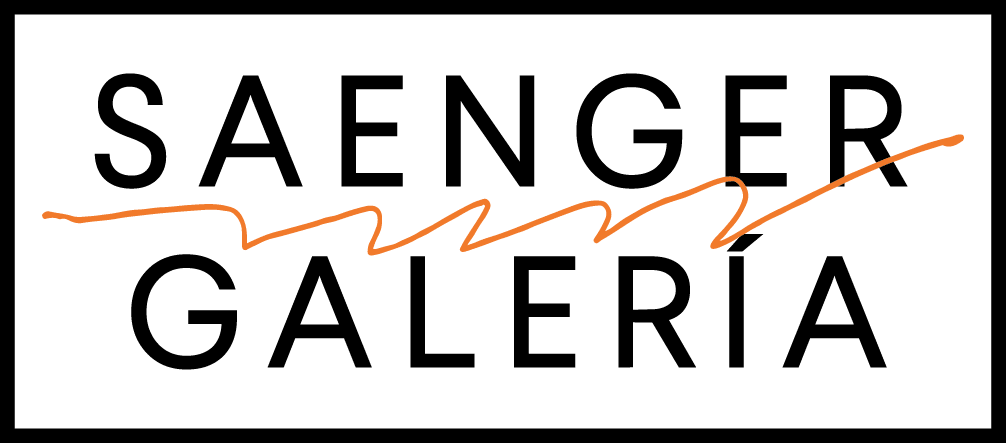Overview
“When time passes, everything real takes on a fictional aspect,” says the narrator of Así Empieza lo malo, a novel by Javier Marías published ten years ago. This idea could describe the intention of the Mexican artist Sebastián Hidalgo in his most recent exhibition, Pueblo de pesca [fishing Village], in which he constructs a fiction based on his meditations on current life. The central axis of the plot of this story is a simple and repetitive action, but essential, in the preservation of life: “fishing to eat, eating to live; and the same happens with fish.” Faced with this fact, Hidalgo seeks to “start from something simple that serves as a perimeter to generate spaces for reflection, contemplation and daydreaming, with the objective of interrupting and releasing logic, even if momentarily.”
Pueblo de pesca happens in the present tense. It is not the overflow of the past that Marías resorts to in his stories, but the imminent now in which we travel through this critical vehicle. With this tool, Hidalgo also expresses his creative process, based on an automatic and non-rational action, in a “thinking with the hands”, where he confronts logic with a continuous flow of direct perception and creation. He seeks to free the mind from the rational world to give way to a more immediate existence, of sensitive contiguity: “When working, I let the language develop by itself, allowing the images to be a form of thought. The goal is not to understand everything, but to make something happen. It is to cast the hook and wait.”
The exhibition is made up of a new set of oil paintings and drawings on paper in small and medium formats that are accompanied by a mural painting and a chromatic intervention in the exhibition space that delves into a pictorial language that hybridizes the representational and the non-objective. With this, Hidalgo investigates both the thresholds of the supports, “the beauty of abstraction”, and the periphery of vision, “looking out of the windows, outwards or inwards”. The work thus creates a membrane between two worlds, the earthly and the underwater, and also between painting and drawing, which become paintings of sketches. Fishing Village also functions as a vital force capable of catalyzing the saturation of our channels of perception in everyday events to recover spaces of rest, as if they were mandalas of protection or a pair of special shoes to immerse oneself in the uninterrupted reality of the present and still float on the edge of it.
— Christian Barragán
Pueblo de pesca happens in the present tense. It is not the overflow of the past that Marías resorts to in his stories, but the imminent now in which we travel through this critical vehicle. With this tool, Hidalgo also expresses his creative process, based on an automatic and non-rational action, in a “thinking with the hands”, where he confronts logic with a continuous flow of direct perception and creation. He seeks to free the mind from the rational world to give way to a more immediate existence, of sensitive contiguity: “When working, I let the language develop by itself, allowing the images to be a form of thought. The goal is not to understand everything, but to make something happen. It is to cast the hook and wait.”
The exhibition is made up of a new set of oil paintings and drawings on paper in small and medium formats that are accompanied by a mural painting and a chromatic intervention in the exhibition space that delves into a pictorial language that hybridizes the representational and the non-objective. With this, Hidalgo investigates both the thresholds of the supports, “the beauty of abstraction”, and the periphery of vision, “looking out of the windows, outwards or inwards”. The work thus creates a membrane between two worlds, the earthly and the underwater, and also between painting and drawing, which become paintings of sketches. Fishing Village also functions as a vital force capable of catalyzing the saturation of our channels of perception in everyday events to recover spaces of rest, as if they were mandalas of protection or a pair of special shoes to immerse oneself in the uninterrupted reality of the present and still float on the edge of it.
— Christian Barragán
Installation Views



